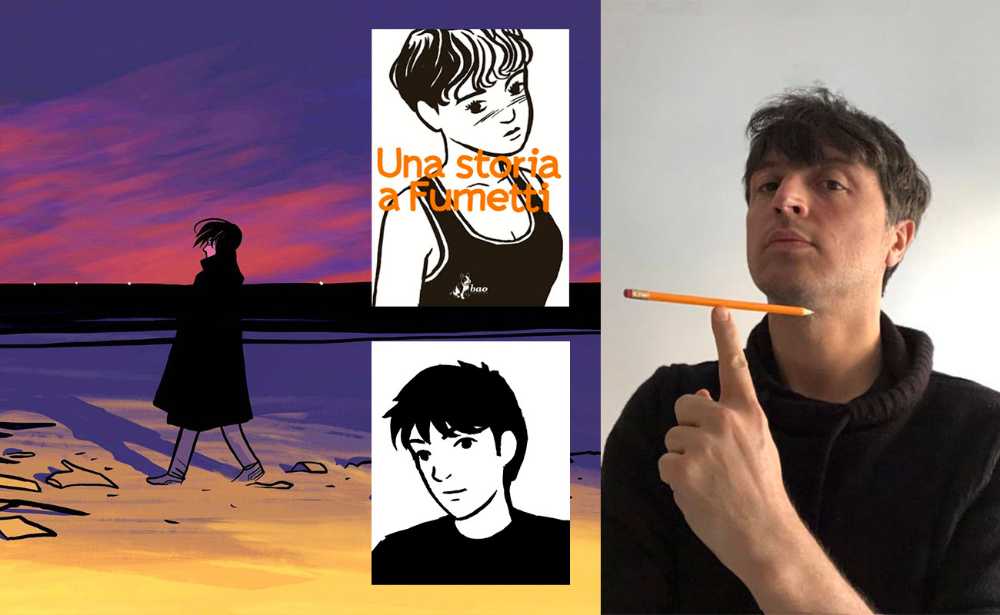#7 answer
You are a musician, all your art is infused with music, every story of yours is accompanied by musical references or sometimes songs and one of your books: When everything turned blue has become a record of which you are the author of the pieces. Proposal: do you feel like pairing each of your books with a record, apart from Ragazza cd?
Oh, increasingly difficult. I can't find them all but I can try.
When everything turned blue before going to press as a provisional title I had found something similar to She lost control by Joy Division.
La distanza is a record by Colapesce, Ah! Also When everything turned blue is the title of a song by Colapesce.
Negativa is Picture of you by The Cure,
Come Svanire Completamente was born and was designed while listening to Laughing Stock by Talk Talk but, of course, the title is borrowed from How Completely Disappear by Radiohead. One day I received an email from a girl who was leaving me, it was the lyrics of that song.
Monokerostina is a record by Arcade Fire.
RAGAZZAcd was born after creating the record of When everything turned blue, it was a - very difficult - challenge in which we started from the music and then arrived at the story. During that period, Corrado and I were listening to Menneskekollektivet by Lost Girls.
A comic story with many musical references: Blonde Redhead, Fine Before you came, Cosmetic, Bellicosi, Fragments, a lot of punk hc. They were all bands that I listened to and saw at concerts where I exchanged and sold my comics!















